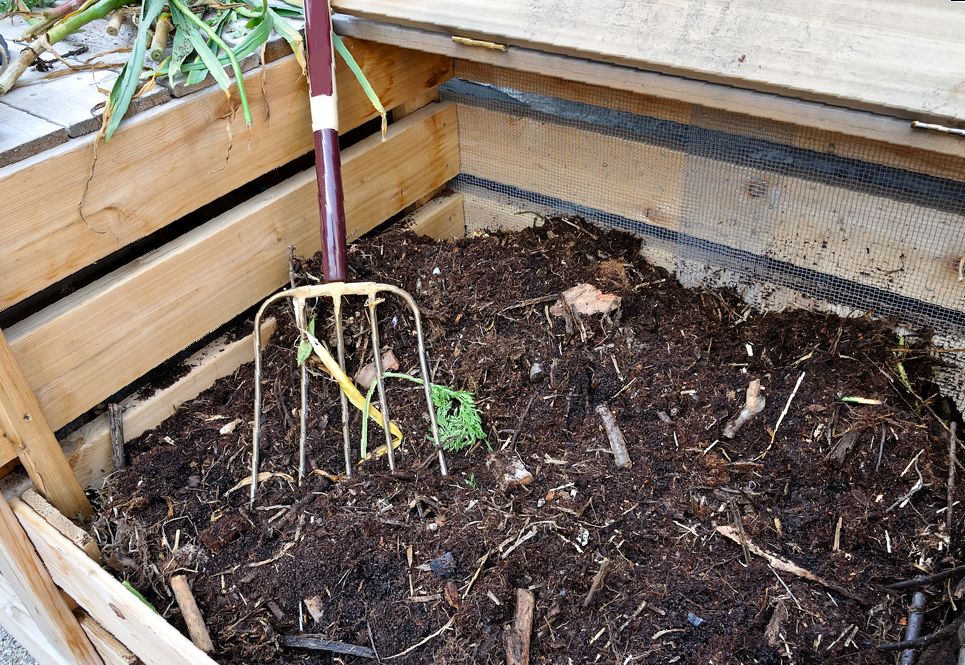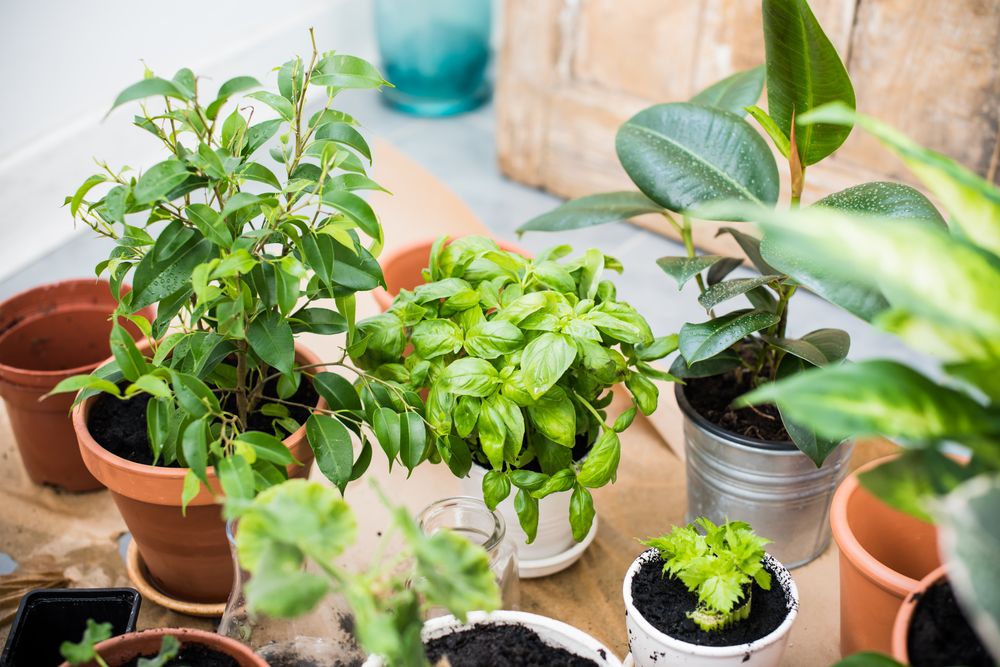Transition Your Garden For Fall in 7 Steps
Getting yourself ready for the Fall is one thing. If you're cold, you wear a sweater, you switch from iced coffee to hot, and you keep your windows closed at night. But preparing your garden is another thing. Plants all have particular needs in transitional seasons and find themselves at all different stages of growth and change. As you pick out the last of some of your season's produce, there are some tasks that will help you to preserve, not only your plants, but your soil, and get you ready for the Winter and even set you up for success in the coming Spring. To be exact, we have 7 tasks for you to accomplish before the first frost of the season creeps up.

1. Transplant Herbs
Your herbs are sensitive to the cool mornings the season brings. To keep them from going limp, dig up your herbs and transplant them to indoor pots. Keep them in a cool, sunny spot and they will continue to produce new leaves indoors.
Do this for basil, tarragon, oregano, rosemary, thyme, parsley, and chives. You'll be happy to have them in the kitchen!
2. Harvest What's Left
There are some late-maturing warm-weather vegetables that will be ready to pick just in the nick of time before the frost approaches. Now is the time to pick the last of your tomatoes and beans, beets, squashes, sweet corn, okra, peas, and potatoes.
In the cooler weather, these vegetable plants will likely be producing the last of their viable produce.

TIP FOR TOMATOES:

3. Save Perennial Flower Seeds
Now is the time to save seeds from self-pollinating/perennial flowers like marigolds, cosmos, sunflowers, sweet peas, and coneflowers.
4. Compost Trimmings
While you're clearing out and cleaning up some of your garden plots, it's the perfect time to compost your trimmings to create a lively mixture for next season's planting.
Composting, on the surface, is a very simple process. It's just a matter of mixing together a combination of organic materials like plant trimmings, leaves, food scraps, etc. and letting nature do the rest. It is important however to maintain a balanced combination of what we'll call green and brown matter.

GET THE RIGHT BALANCE:
A general rule of thumb for a good mix is about two-thirds browns mixed with one-third greens. You'll know you have too many greens if your compost mixture is slimy. You'll know you have too many browns if your pile just sits there (this signifies a lack of nitrogen). You'll also want to regularly stir up the mixture by churning it up with a rake.
When the next planting season begins, you'll be able to use it by adding several inches of compost to the top of your garden bed.

5. Plant Cover Crops
When you're left with empty garden plots for the cool season, the lack of activity can put a hurting on your soil. It erodes, loses nutrients, and slows down it's microbiol activity.
Cover crops are simply crops that grow short and compact and will offer your soil some protection during the off-season. Good cover crop varieties include as clover, buckwheat, and grasses such as annual ryegrass, and oats.
6. Plant Spring Bulbs
It may seem counter intuitive to be planting new things in the garden just as you're meant to be winding things down, but many bulb varieties benefit from being planted early. Bulbs require some processing time before they can begin growing. Sowing bulbs like lilies, tulips, daffodils, snowdrops, hyacinth, star flowers, and crown imperial in the Fall will get them perfectly primed to bloom in the Spring.
Your future self will be grateful when you get to see them blossom!

7. Go Inside
Not everything must come to a halt for the year. You can simply move indoors. There are lots of plants that are very successful indoors, in containers, or can be grown hydroponically.
Shop our Indoor Gardening collection for all the supplies you'll need to make an indoor oasis for your plants, from seed starting supplies to hydroponics and grow lights.




